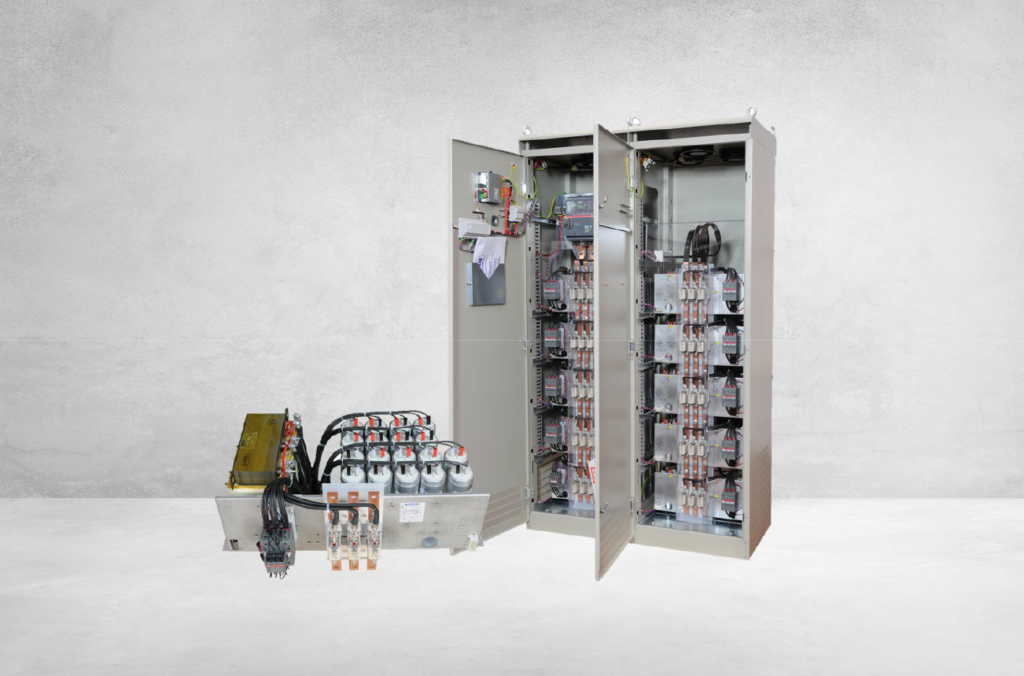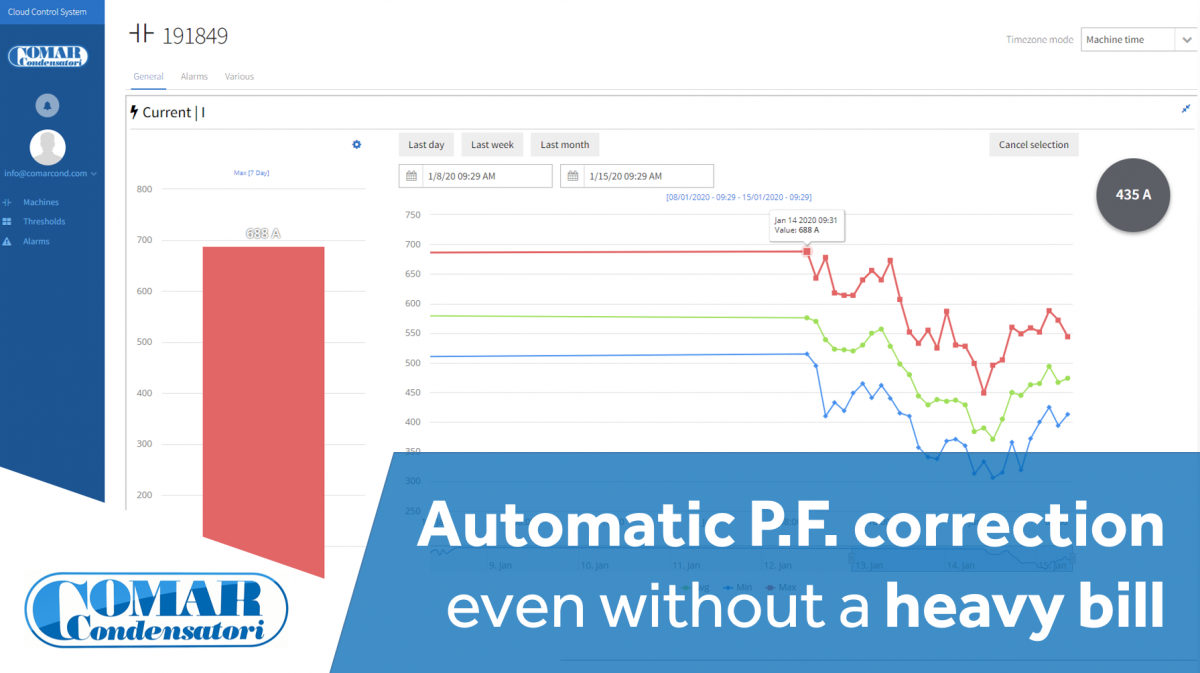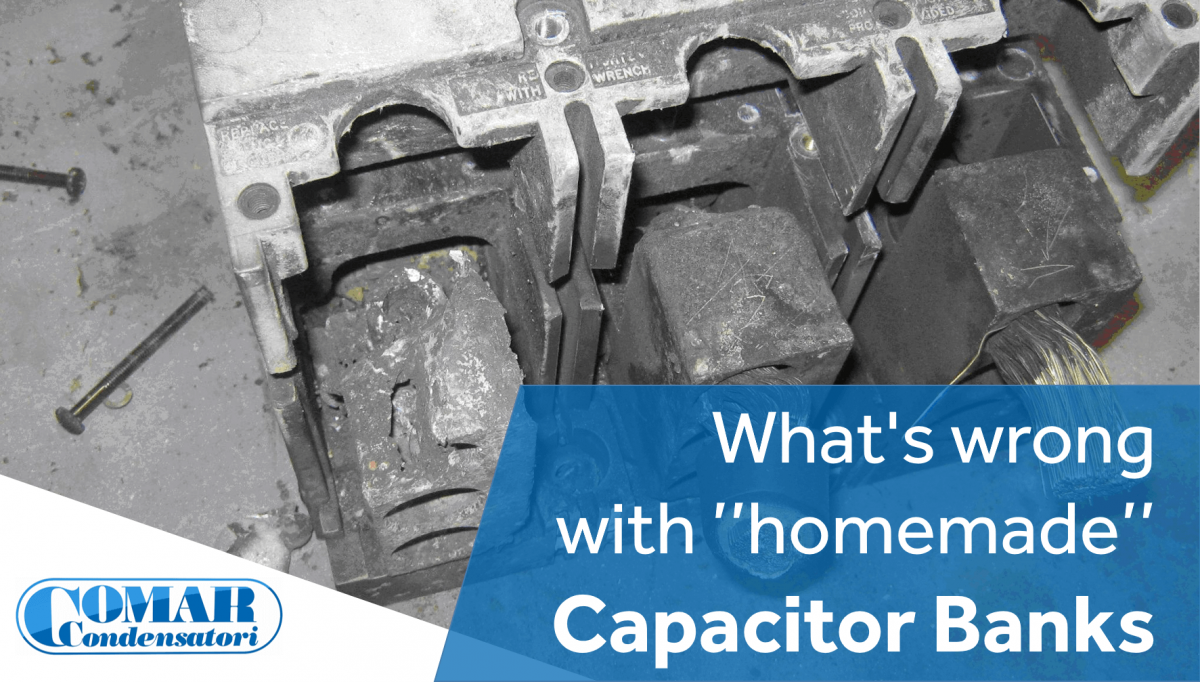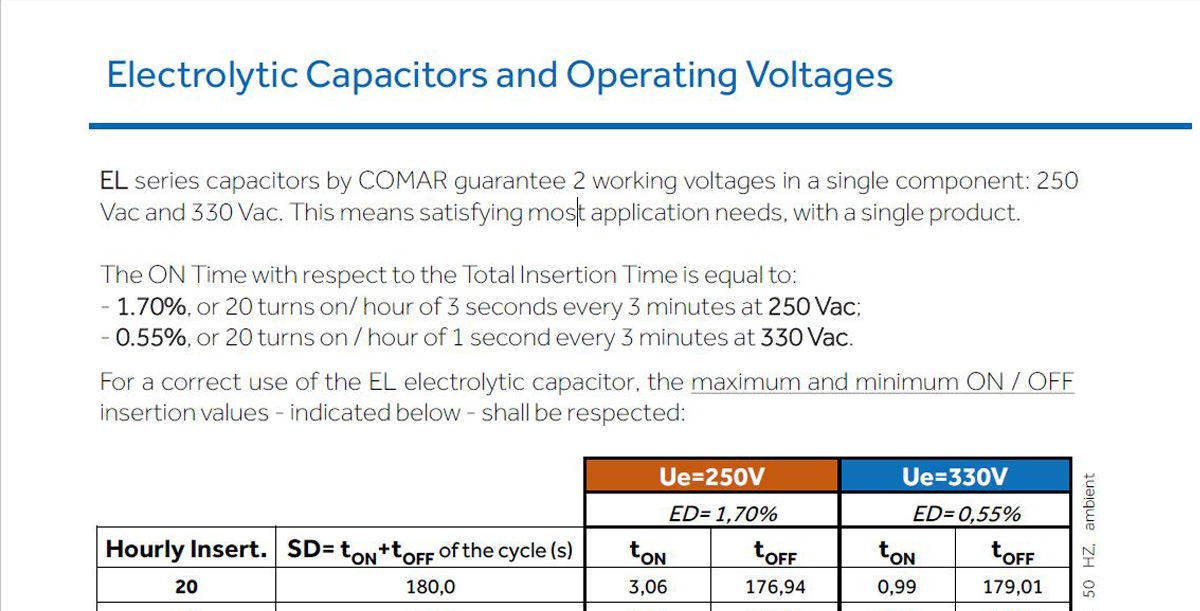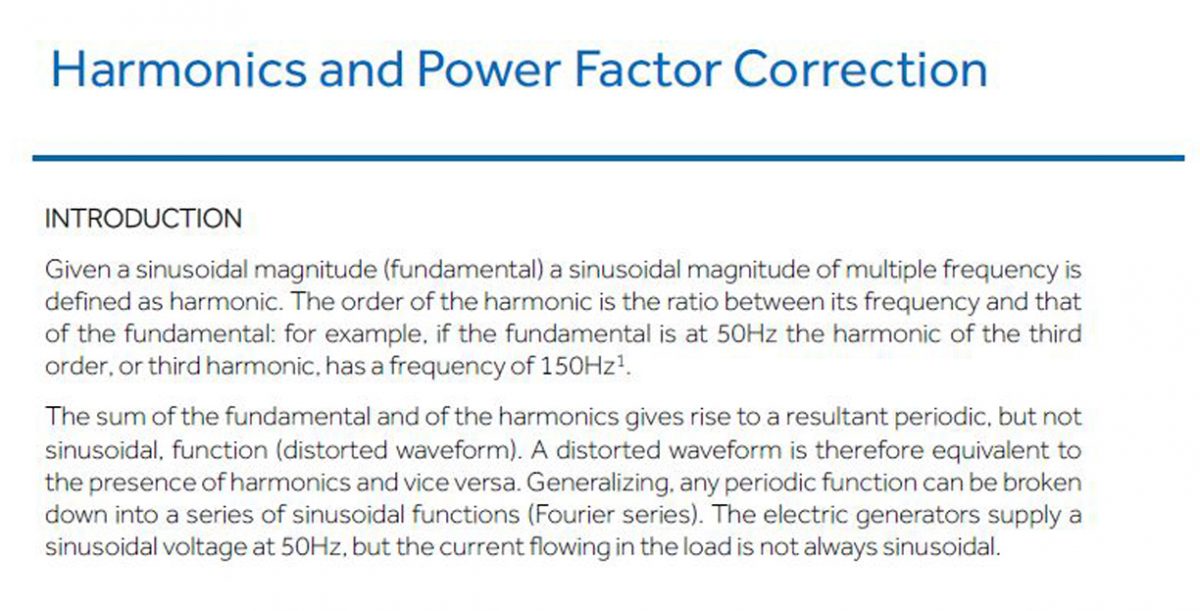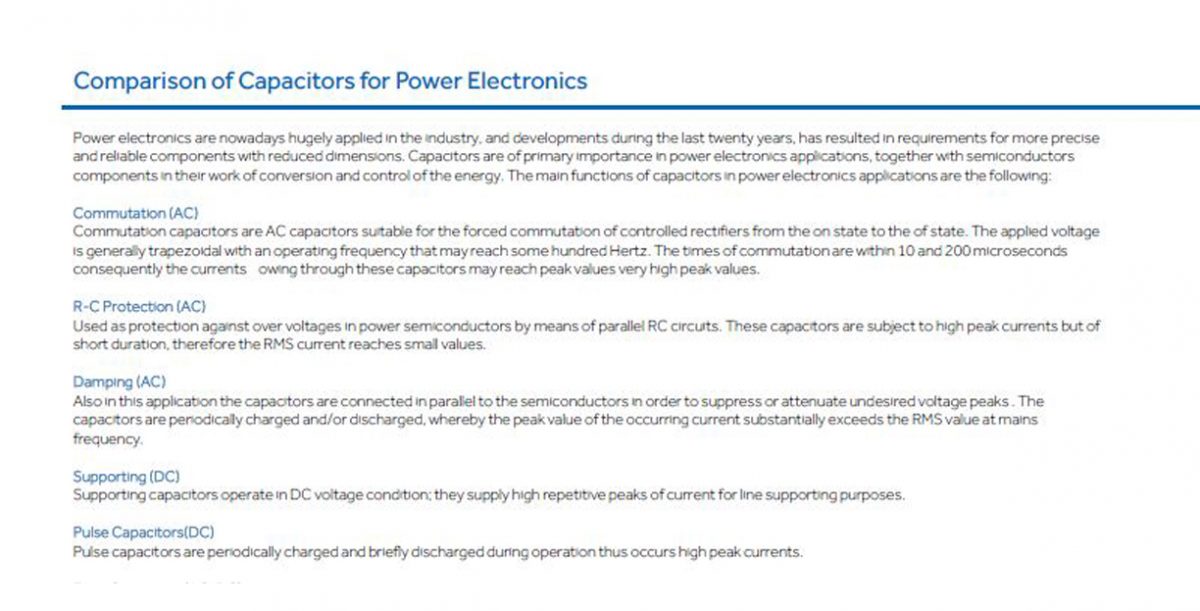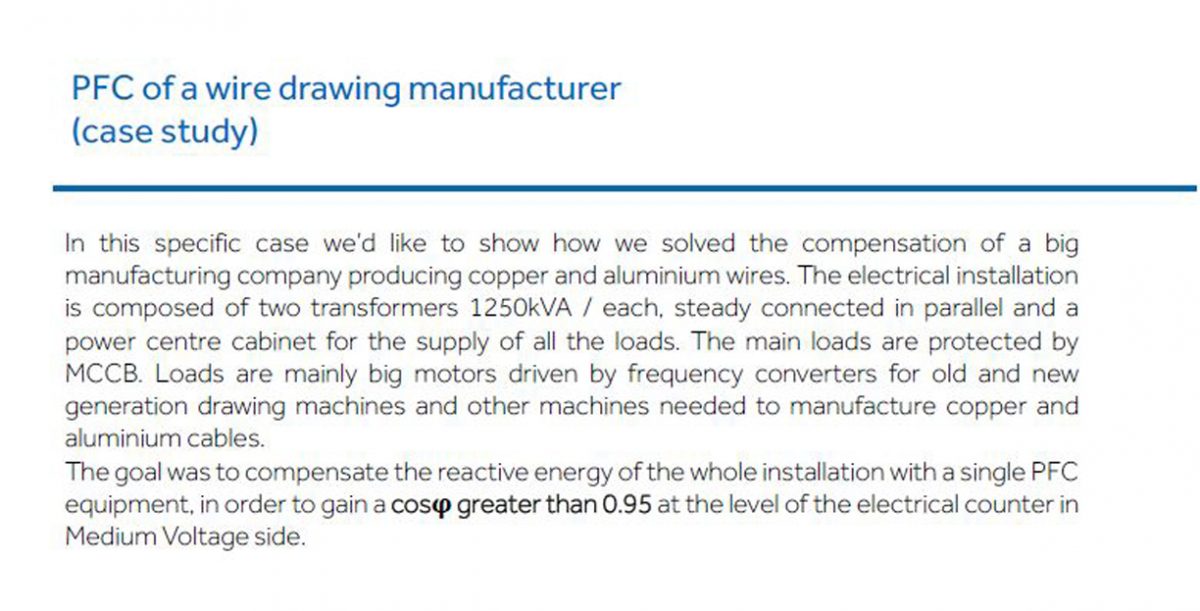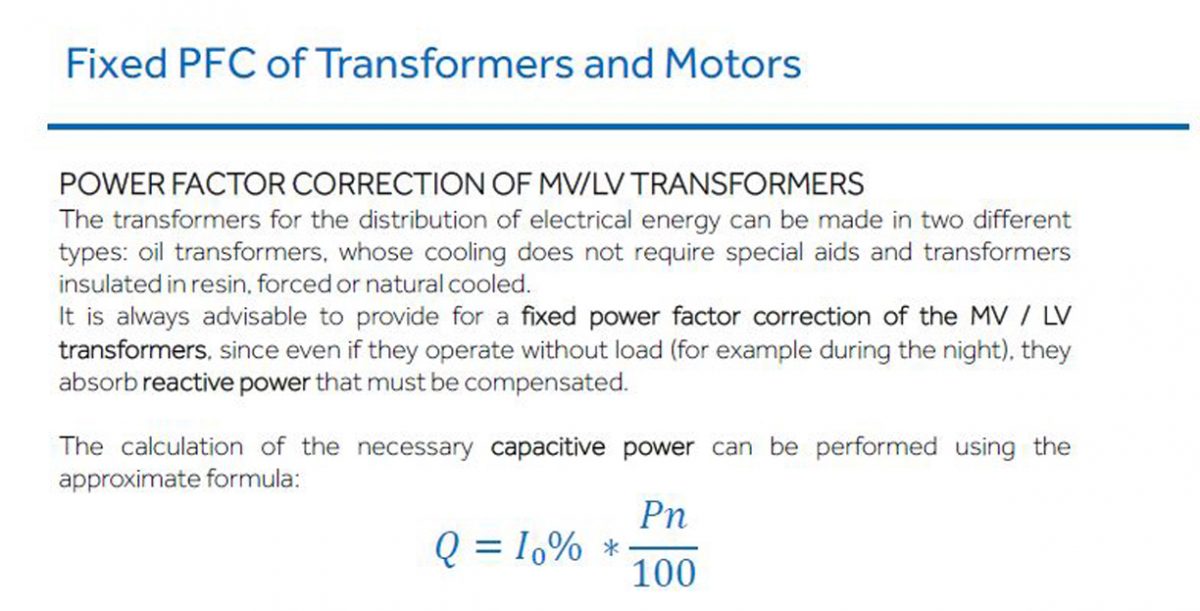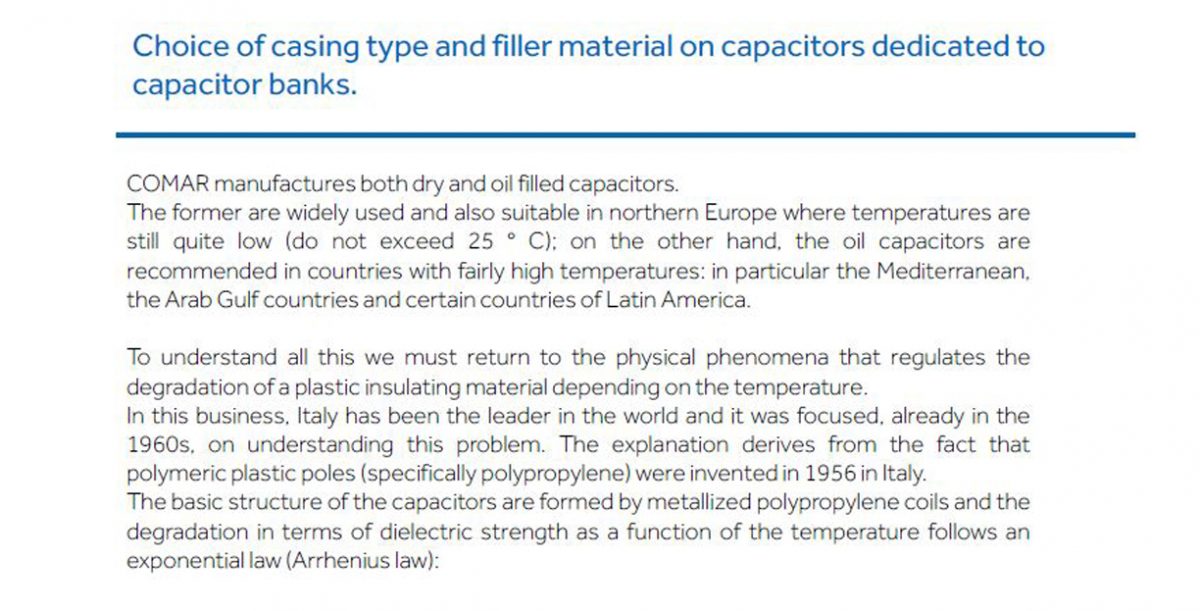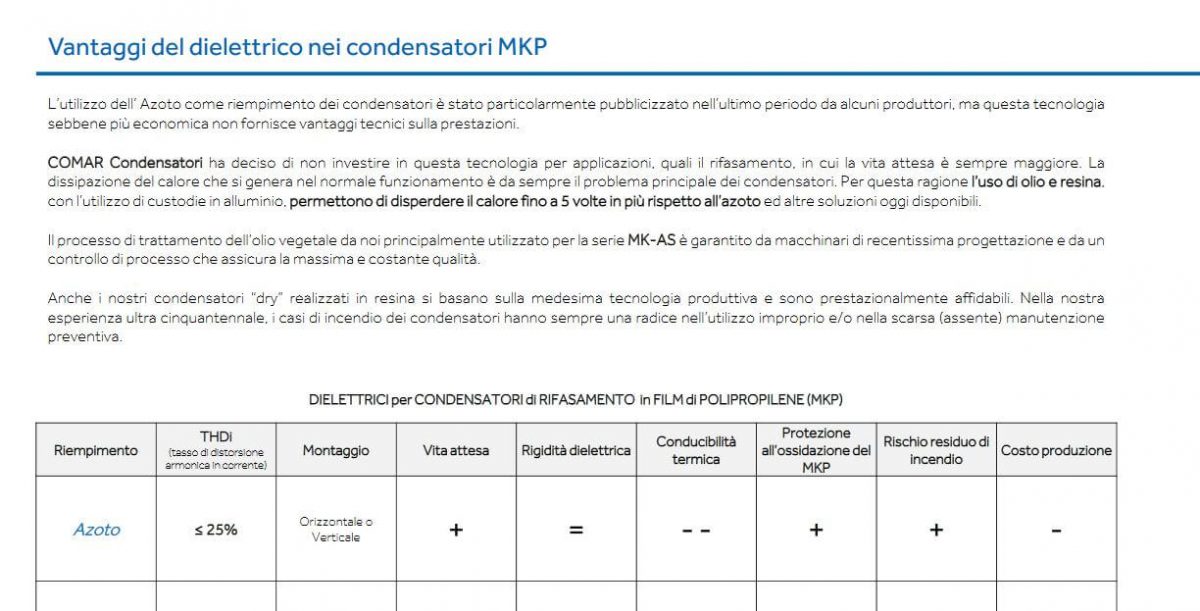It is widespread prejudice to consider the power factor correction indispensable only in the presence of penalties for an excessive withdrawal of reactive energy from the network. Certainly, an increase in the electricity bill is an incentive for many to request an evaluation to improve their Power Factor. At the same time, deciding to compensate by taking into account only the “cosφ” is the result of a short-sighted analysis. In fact, the advantages that power factor correction offers are manifold and not limited to eliminating penalties in the electricity bill.
Below is the case of a French company, our customer, where a 450 kvar AAR/600 automatic PFC equipment was recently installed. This case is significant in that the price of electricity (€ / kWh) in France is about 30% lower than in Italy and the penalties are applied every year only in the winter period.
Average electricity price for households per 100 kWh in second half of 2017 (in €)
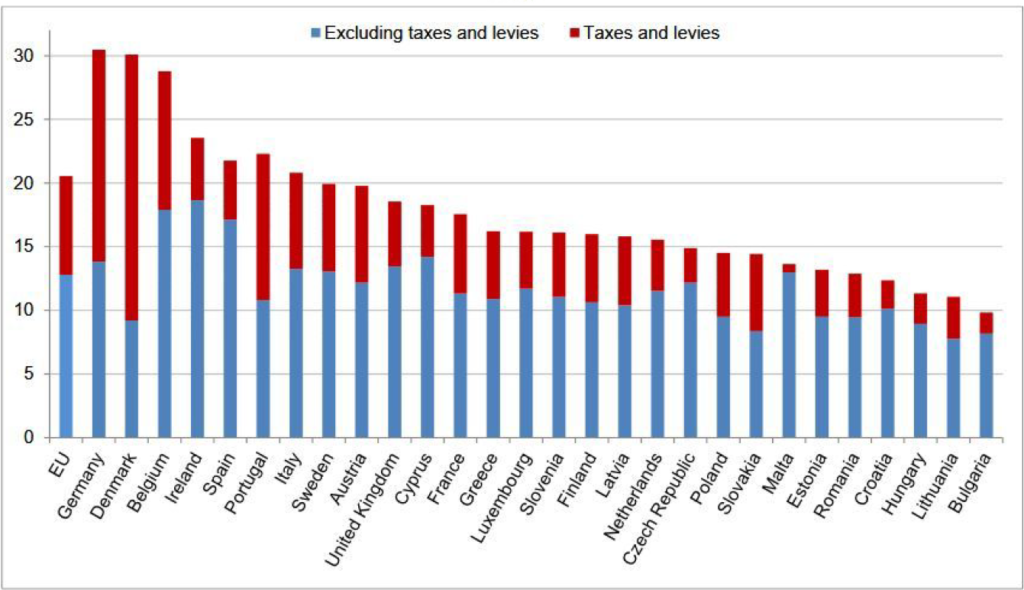
The customer, however, not only chose to compensate, but also decided to purchase the best solution, with blocking reactors: apparently, this PFC intervention seems little justified if one considers, for payback purposes, the only savings due to the elimination ofthe penalty in the bill.
The Customer, however, is well aware of the economic consequences due to energy losses and the poor efficiency of the system. He also knows that he avoids carrying out various maintenance interventions, making better use of the electrical lines and at the same time reducing voltage drops.
As it turns out, due to a setting error during installation, the equipment had been incorrectly set to “fixed” mode, in fact not correctly compensating. Thanks to the presence of the Cloud Control System device, installed on the equipment, COMAR was able to remotely guide the Customer in the process of restoring the power factor correction.
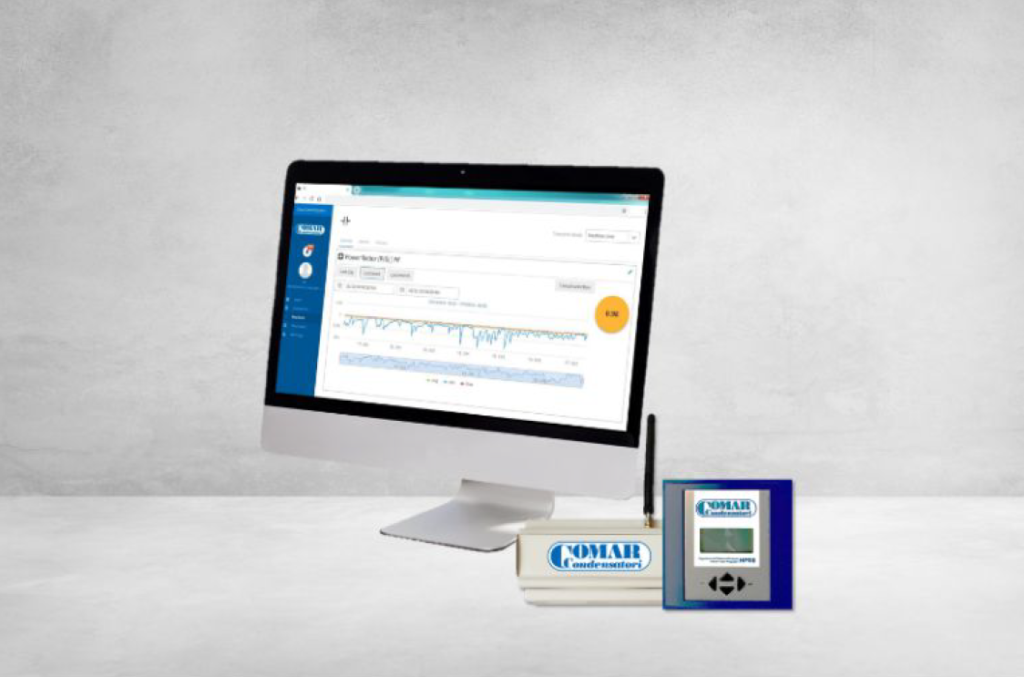
What can be seen from the following graph is that, in the absence of automatic power factor correction, the current value had reached 600 A (average value), with a peak of 688 A. After the adjustment, the current value dropped to an average value of 371 A and then stabilized at 450 A.
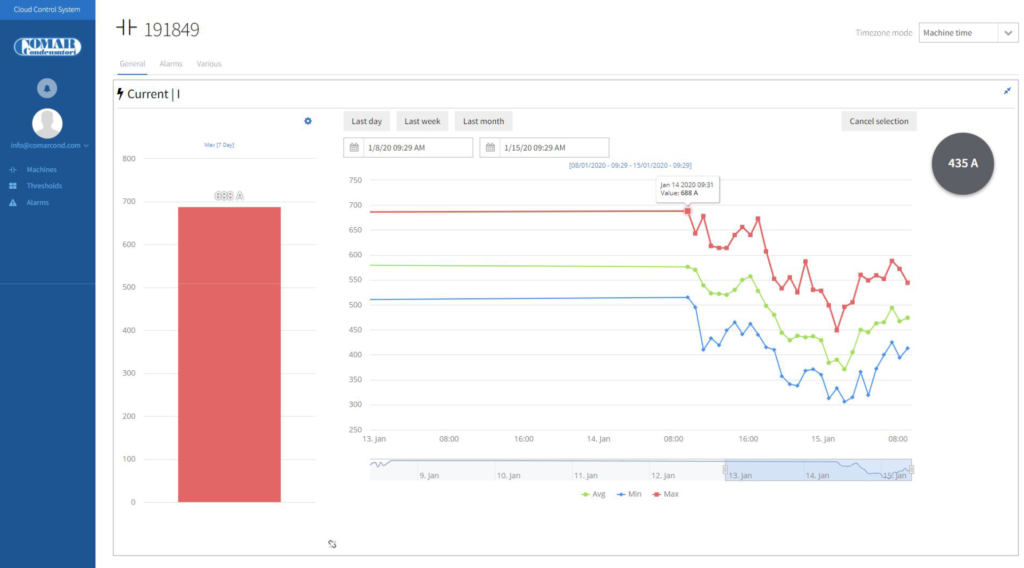
In fact, we must remember that the heat produced, by Joule effect, is directly proportional to the resistance of the conductor and to the square of the intensity of the current passing through it. It is easy to understand, therefore, that having reduced the flow of current by 25% (or 46% if we consider the difference between the maximum and minimum value recorded), we obtain a much greater reduction in the thermal power dissipated (P):
P = R · i²
R (copper) 1,68E-08Ω*m
| i1 average | 600A | P = | 0,006048 W/m |
| i2 average | 450A | P = | 0,003402 W/m |
| Δ | -25% | Δ | -44% |
| i1 average | 688A | P = | 0,0079522 W/m |
| i2 average | 371A | P = | 0,0023124 W/m |
| Δ | -46% | Δ | -71% |
Anyone who knows an electrical system is aware of the relationship between losses due to the Joule effect and the useful life of the system itself: the more the former grow, the faster the latter decreases. In addition to this, the fact is added that thanks to the power factor correction, the best efficiency of the system itself is obtained, improving the operation of the machines and electrical components such as transformers, cables and automatic switches, increasing their lifespan by approximately 50%.
That’s why our French customer has chosen to install a power factor correction, regardless of the penalties in the bill.
